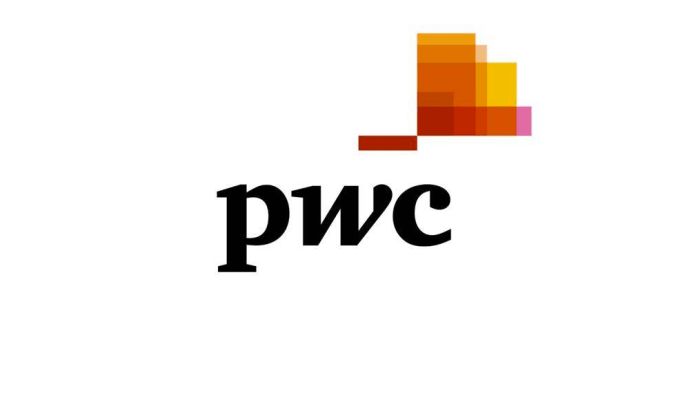There are a number of structural issues hampering the continued uptake of ETFs in Europe compared to the US, however, none are having a bigger negative impact than the retrocession fee model that encourages banks and advisers to place investors in more expensive funds in return for larger fees.
Last week, a Blackwater Search & Advisory survey of 100 European mutual fund managers revealed 82% were unconcerned about the impact of ETFs on their business.
The survey also found the retrocession fee model was named as the biggest factor (36%) holding back ETF growth in Europe highlighting how mutual fund managers are still very much reliant on an antiquated fee structure for continued inflows into their products.
Retrocessions have never been in place in the US and were banned in the UK as part of the Retail Distribution Review (RDR) in 2012.
While the growth of the $6trn US ETF industry over the past decade is well documented, RDR has had a huge impact on the rise of ETF demand in the UK with BlackRock predicting in July 2019 ETFs and tracker funds will account for 30% of UK wealth portfoliosover the next two years, a 50% increase.
On the continent, however, the picture is far from rosy for ETFs as many countries are yet to implement the regulation required in order to put a stop to retrocessions.
According to Morningstar’s 2019Global Investor Experience Study, France, Germany and Spain were scored as “below average” when it came to fees and expenses while Italy scored “bottom”.
As the report said: “Italy falls to a bottom grade owing to individual investors' routinely being subjected to initial charges and retrocessions, as well as the country's funds having some of the highest asset-weighted median expense ratios we measured.”
Athanasios Psarofagis, ETF analyst at Bloomberg Intelligence, said regulation would eventually be implemented in Europe, however, the fragmentation meant it will most likely take longer than expected.
“At the end of the day, it is about aligning client and adviser interests and eventually more will start to see this,” he added.
Along with retrocessions, the survey found 23% of respondents also said there was no clear tax benefit for investors over mutual funds and not as many self-directed investors compared to the US.
Psarofagis agreed: “It is important not to underplay the cultural aspect as well. This may be anecdotal, but I do not really see the interest in financial markets across Europe like you see in the US.”
It is far from doom and gloom for ETFs in Europe, however. The industry has grown at over 20% a year since the Global Financial Crisis (GFC), according to data from PwC, and recently hit €1.2trn assets under management (AUM) following record inflows in Q1.
Having said this, retrocessions leads to an unfair playing field and creates an environment where investors – with low ETF allocations – do not receive the best outcomes possible, something the whole asset management industry should be wanting to address.






